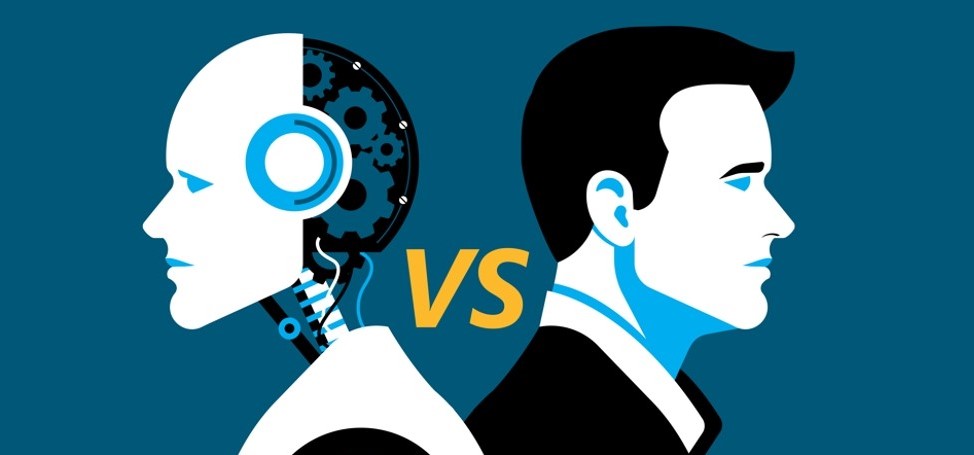In today’s rapidly evolving technological landscape, the debate over the roles of robots and human professionals is more relevant than ever. As automation and artificial intelligence (AI) advance, organizations are increasingly incorporating robotic systems into their operations. This raises important questions about the capabilities, limitations, and ideal applications of both robots and humans in the workplace. Here’s a comprehensive comparison of robots and human professionals.
Efficiency and Speed
Robots:
Robots excel in tasks requiring high efficiency and speed. They can perform repetitive tasks with precision and consistency, often working around the clock without fatigue. In manufacturing, for instance, robots can assemble products at a pace far surpassing human capabilities.
Human Professionals:
Humans may not match robots in terms of raw speed, but they can excel in complex problem-solving and decision-making tasks that require adaptability. Humans can also prioritize quality over quantity, ensuring that intricate tasks are executed with care.
Creativity and Problem-Solving
Robots:
While robots can process data and perform predefined tasks, their ability to engage in creative thinking and abstract reasoning is limited. They typically rely on algorithms and predefined instructions, making them less suited for tasks that require innovative thinking.
Human Professionals:
Humans are inherently creative and capable of thinking outside the box. They can draw on their experiences, emotions, and social contexts to solve complex problems, develop new ideas, and drive innovation. This creative prowess is invaluable in fields such as marketing, design, and strategic planning.
Emotional Intelligence and Communication
Robots:
Robots lack emotional intelligence. While some AI systems can mimic human interaction, they cannot genuinely understand or respond to emotions. This limitation can hinder their effectiveness in roles that require empathy, such as counseling or customer service.
Human Professionals:
Humans possess emotional intelligence, allowing them to connect with others, understand their feelings, and communicate effectively. This skill is crucial in professions such as teaching, healthcare, and management, where building relationships and fostering trust is essential.
Adaptability and Learning
Robots:
Robots are designed for specific tasks and can struggle with adaptability. While machine learning enables some robots to improve their performance over time, they still require substantial programming and training to handle new situations.
Human Professionals:
Humans are naturally adaptable, capable of learning new skills and adjusting to changing environments. This adaptability is essential in dynamic fields such as technology, finance, and healthcare, where professionals must navigate constant change and uncertainty.
Cost and Resource Management
Robots:
From a cost perspective, robots can be a more economical option in the long run. They reduce labor costs, minimize errors, and can operate continuously without the need for breaks or vacations. However, the initial investment in robotic systems and ongoing maintenance can be significant.
Human Professionals:
While humans may incur higher ongoing labor costs, they bring a level of nuance and flexibility that robots cannot replicate. Investing in human talent can lead to innovation, improved customer satisfaction, and better overall business performance, which may outweigh the cost differences.
Job Roles and Future Employment
Robots:
The integration of robots and automation technologies can lead to job displacement in certain sectors, particularly those involving repetitive and manual tasks. However, robots also create opportunities for new roles focused on managing, maintaining, and programming these systems.
Human Professionals:
While some jobs may be at risk due to automation, humans will always be essential in roles that require complex decision-making, creativity, and emotional intelligence. The future workplace will likely involve collaboration between robots and humans, where each complements the other’s strengths.
The comparison between robots and human professionals reveals a nuanced landscape. While robots excel in efficiency, precision, and cost-effectiveness, human professionals bring creativity, emotional intelligence, and adaptability to the table. As technology continues to evolve, the most successful organizations will be those that find the right balance between leveraging robotic capabilities and harnessing the unique strengths of human workers. Embracing collaboration between humans and robots will not only enhance productivity but also create a more dynamic and innovative workplace.
If you require any further information, please feel free to reach out to us now!

